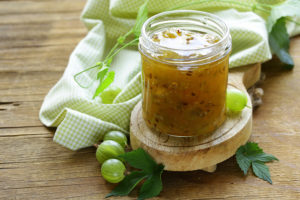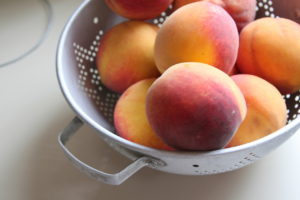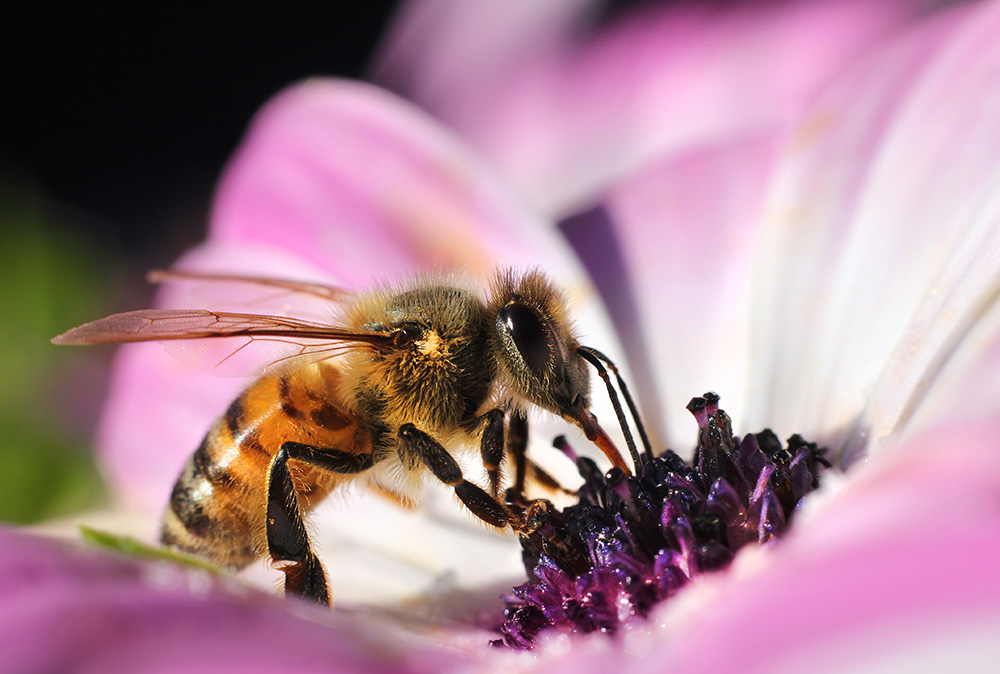
Bees. Why would anyone want to add becoming a beekeeper to their list of homesteading talents? There are plenty of places to buy honey: other local beekeepers, the grocery store, the farmers market.
Why go through the process of gathering the housing, the equipment, and of course getting the fresh swarm of bees that want to build their own colony (with a little help from us). I can list endless reasons logical and financial here, but many of those things have already been written about and discussed.
Instead, what I am going to be sharing with you, dear reader, is my personal journey into my love affair with bees. I hope in turn you may catch some of that bee love and honey appreciation that is having a resurgence in our society, even if it’s just to add more of it to your regular diet. To start with, you need to understand where my initial love of bees came from.
When I was a child, just old enough to know that life was larger than me and there was much to learn and discover, I was introduced to the world of insects in a way that makes some raise their eyebrows. (Please indulge my storytelling while I share this part of my homesteading journey with you.)
You see, my mother had an incredible love of plants and the process in which they grew. Some of my first memories were being taken into the woods in our red flyer wagon to gather and dig wildflowers. That was back when digging wildflowers was still legal and they were not protected under law. My now rusty red flyer wagon (I still have it) carried me, digging tools, and whatever plants my mother dug to transplant in our yard, in and out of the woods.
My mother actively parented me and she was a better teacher than any television program I ever saw. While she dug, she would put worms in my hand and she would say, now tell me what do you see about this creature that might seem unusual. I looked closely and I said “it doesn’t have eyes,” to which she replied, “Correct! Very good! Why do you think it doesn’t have eyes?” and that was how our whole conversation would go, back and forth teaching, learning, conversing and feeling the world around me interact with what we were doing.
I can remember walking around our yard and seeing a flying insect move from one clover plant to another clover plant. I was transfixed by that large yellow and black striped body. I watched it walk all over the flower. How did that flower not fall over under the weight of the insect, and what was the yellow stuff on its legs? I sat for what seemed like forever watching it, but I know it was just a few moments.
As I watched I saw another similar, smaller creature that was built about the same but it was a dirty brown color. It seemed to be very busy, moving much more quickly and gathering much more yellow stuff. I was torn between running to get my mother to ask her about this creature and sitting and watching it.
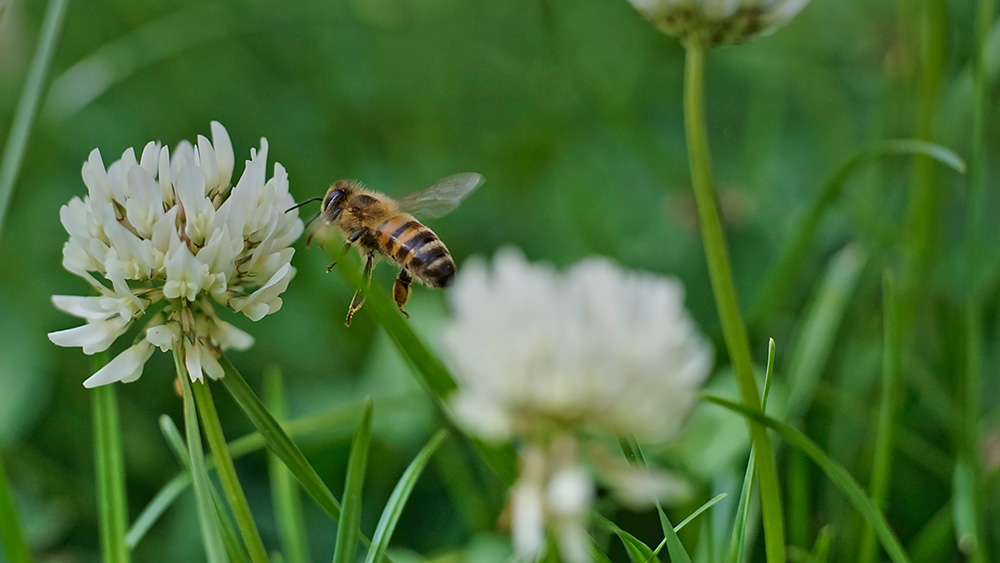
My curiosity overtook me, however, and I ran to my mother and asked her to please come quickly, there was something I wanted her to see. I talked quickly, describing what I had seen and she put down what she was working on and followed me outside. She smiled the whole time, and (now as a mother myself), I now know she already knew what I was asking, she was enjoying the learning process she saw being figured out in my brain.
When we got back to the clover she told me the large insect was a bumble bee and the small one was a honey bee. She explained the process of what they were doing, that they had to gather the pollen and take it back to their hives and there they made it into honey. I wanted to go find the hive right then and watch them make honey! She laughed and said we couldn’t do that, the bees hid their hives so people wouldn’t come collect the honey. I remember being so disappointed, but she said we could go to the Nature Center later in the week and look at the cut away beehive they had there.
Suddenly, I connected the dots in my mind as to the hive I had seen on display at the Nature Center and the bees in our yard. Maybe that bee really lived in that hive. After all, Mom said bees traveled great distances to gather pollen. I wanted to reach out and touch the bees too, but Mom stopped me and explained that the bumble bee could sting over and over, but if the honey bee stung me it would die. I thought that was a little much for a bee to lose its life because it stung something but just took it as fact.
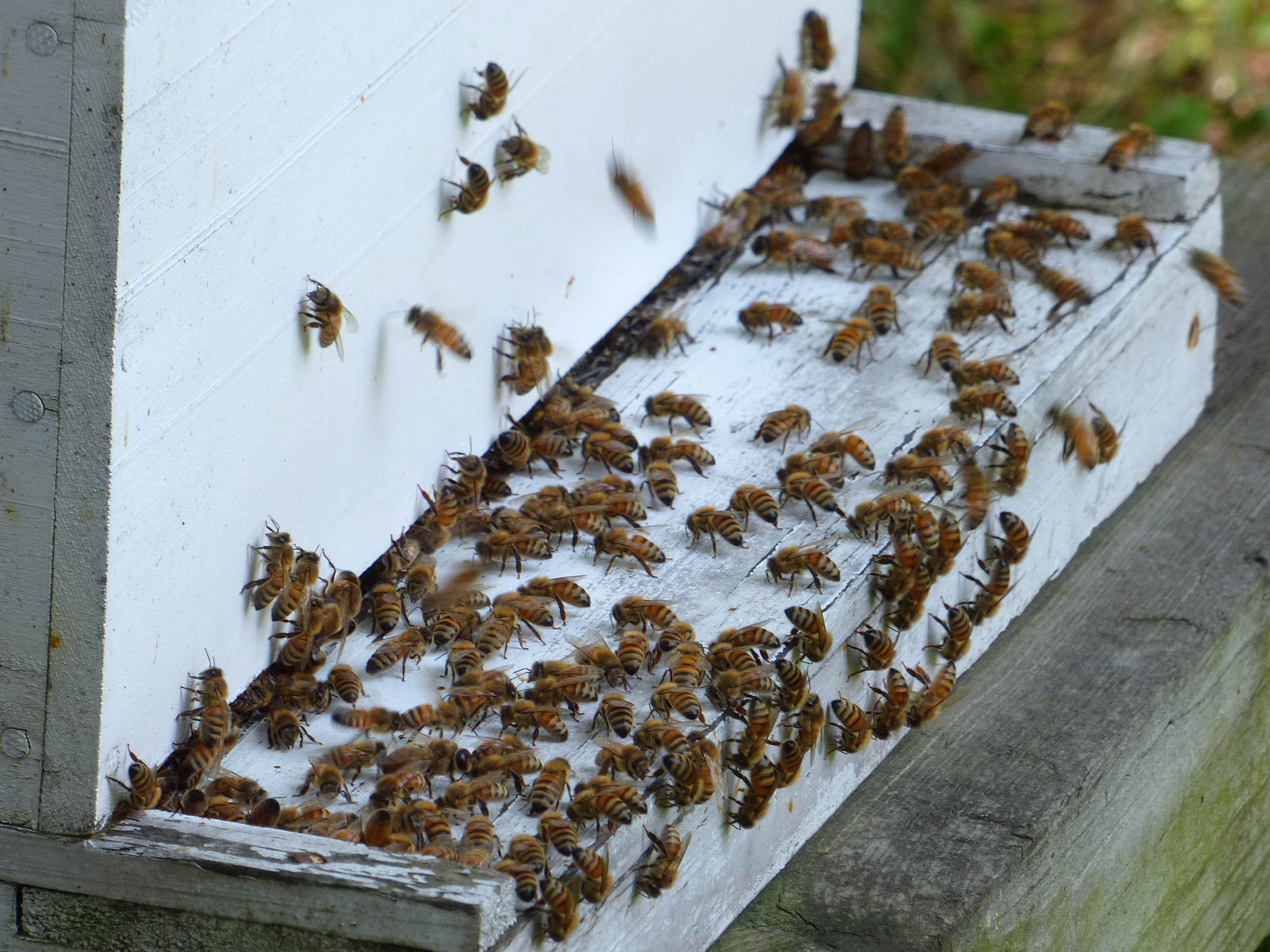
It wasn’t until I went to college years later that I learned in my beekeeping class that when a bee stings you, that stinger literally rips a part of the inside of the bee’s body out of itself to attack you. To this day that is one of the questions I will ask our Creator after I die. “Why did this design have to be this way for honeybees and why are wasps allowed to sting you over and over and NOT die?” Personally, I would rather concede to a honeybee. They are less aggressive than wasps. For a bee to sacrifice its life to sting you it must feel very threatened. Bees, for the most part, just want to be left alone.
When you are afraid, your body gives off a pheromone that the bees smell and thus they feel threatened. That pheromone stimulates the bees’ defense mechanism, kind of like when something threatens a mother’s child and the “mother tiger” instinct takes over in the mom. That pheromone must really smell bad to the bees because the result is them attacking you. The defense mechanism says there is great danger to them, their hive or their queen.
Earlier in that year I had learned about stinging insects the hard way. A few months prior my two cousins and I were playing on my grandparents’ barn bank and we tripped over a yellow jacket nest. I had not learned about bees at that point and I’m glad I hadn’t, for if I connected the dots about bees and yellow jackets that childhood experience might have tainted my love for the amazing creatures that honeybees are, and the intense love and respect I have for them.
I don’t know who riled the nest, but I do remember what happened. My older cousin only was stung a couple times, and I got stung about six times. My younger cousin, however, must have given off more pheromones than us because he received about twenty plus stings.
It was years later that I learned yellow jackets are really in the wasp family, and not the bee family, they just have similar markings. Yellow jackets often make their homes in the ground and can cause great damage to man and beast. I also learned if you pour gasoline down the hole at dusk, after the yellow jackets have come back to the hive in the evening you can kill them without any other harsh chemicals. I believe that is what my Grandfather did that evening.
Because the yellow jackets were fast and my cousin and I were screaming and running, I never saw what they looked like, and thus did not connect the dots as to yellow jackets and bees looking similar. This too, is another example of the necessity to keep a calm head when one is tempted to panic. Maybe if we had not panicked so much we would not have been stung with such fierceness. Of course, we were children, so who knows? Maybe I would have connected the dots on the distinction between the two bees looking similar, maybe I would not.
Yellow jackets are bigger and brighter. They are more aggressive. Honeybees while being smaller are more docile, and fuzzy. They have the “you leave me alone and I will leave you alone” attitude for the most part, unless they feel you are threatening them, their hive or their queen. Yellow jackets seem to have the gangster attitude of “you talkin’ to me?”. Thus, resulting in their more aggressive nature.
Again, as a reminder, don’t lose your composure around flying, stinging insects. That fear pheromone must really be offensive to them. These interactions and experiences when I was very young put a very strong curiosity and love for honeybees with a good understanding of flying, stinging insects inside of me. Fast forward to college when I had to take an entomology class and part of that involved beekeeping. Here is where the real love of bees wooed me, enticed me and I fell head over heels in love with these amazing creatures.
Next week: The Allure of Bees, Part 2…

